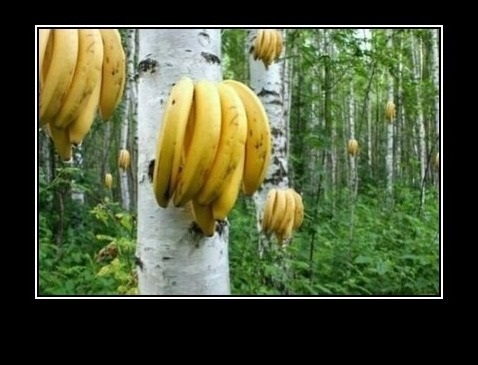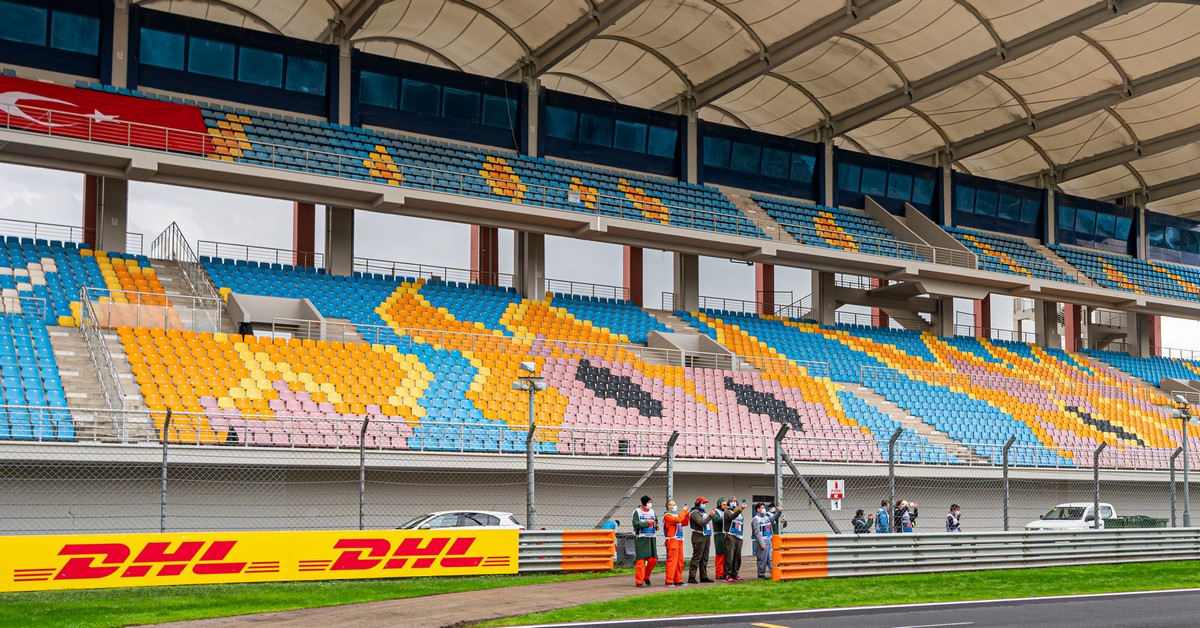Hi folks!
If you’re a regular reader of this here blog, you’ll have noticed how I occasionally touch upon ecological topics in my posts here: protecting the environment, global warming, and assorted other things like CO2 emissions. Oh, and by the way, before you shout ‘climate change denier!’… for example, those CO2 emissions, they’re most certainly on the rise – fast. No one in their right mind can deny that, from the man in the street through to the states that signed Kyoto Protocol and the Paris Agreement. But when folks become perfectly hysterical paranoid about man’s role in that rise – that’s where I beg to… not quite differ, but at least state that we need to see the larger picture: it may just be possible that industrial and anthropological emissions aren’t the most important factor…
I’ve written somewhere before that:
- CO2emissions are rising and the climate is warming up. Facts;
- But putting that down mostly to the activity of human beings is… bothersome. And it does whiff rather of megalomania: is man really that significant and influential to be able to have much effect on what are surely extraordinarily greater, stronger forces of nature?
- I don’t know the answer to the question just put, but, because I don’t know, I say we need to measure not only emissions of carbon dioxide, but also nature’s intake/usage/absorption thereof. Could CO2 levels be growing not just in and of themselves, but as part of a growing imbalance between emissions and consumption?
Now, those musings, hypotheses, question marks… they’d have stayed musings, hypotheses and question marks, probably, if the corona virus hadn’t become a global pandemic in 2020: quarantine, lockdowns, restricted travel > less emissions from humans and their filthy cars and planes. But, as I wrote in April 2020, how will those lower emissions affect the overall total levels of CO₂ in the atmosphere?
Here’s my quote from the mentioned post from April:
“Curiously, we’re currently living in… interesting times, and it just so happens that we may be able to get an answer to the second of my two questions here today (‘how will nearly the whole world’s industry coming to a halt affect the growth of CO₂ in the world’s atmosphere?’).
Indeed, soon we’ll get the results of a unique (if unexpected) global experiment: how the lockdown and the partial halt to world production affects increases in CO₂ in the Earth’s atmosphere. It will also present a good opportunity to check the soundness of several theories about the how much climate is affected by man.
I have to say, it will be somewhat odd if the lockdown makes no difference whatsoever. I mean, among many other things, it would completely cancel out the need for the Kyoto Protocol and the Paris Agreement, while making a mockery of every country that ever signed either; or am I being too harsh there? ‘Mistakes happen’, they’ll say!”
So what do you think folks? What is the result of this unique global experiment? I ask as, that answer is ready! And here it is!…

Read on…
























































